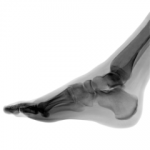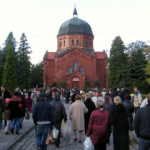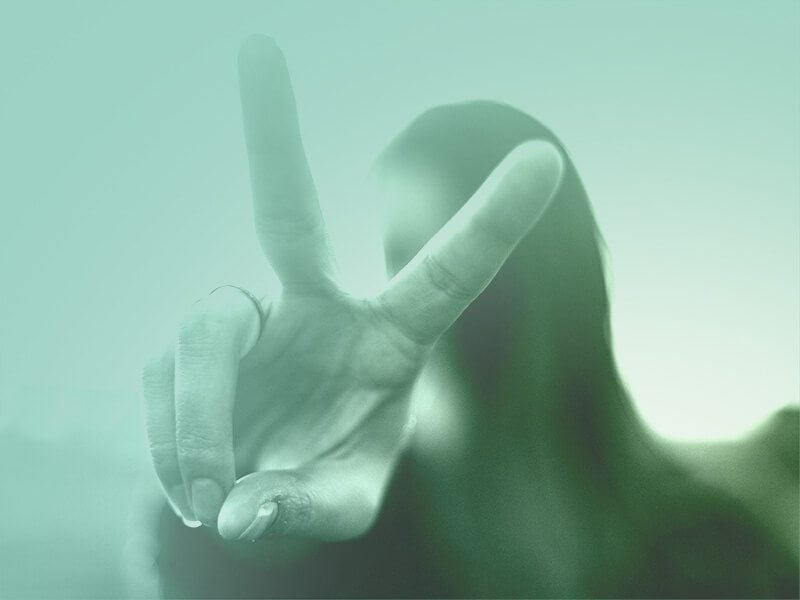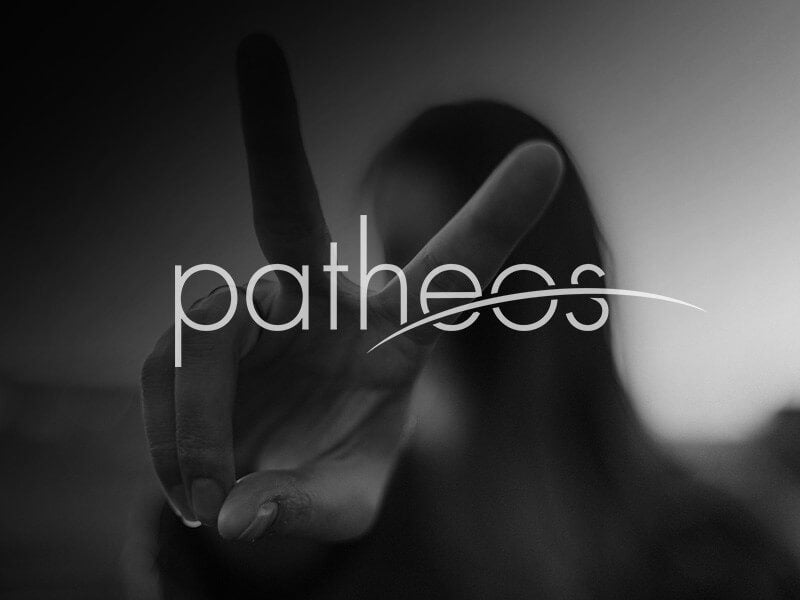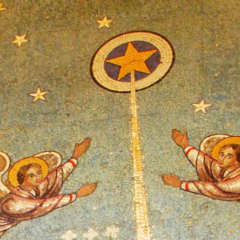
Do Christians put too much emphasis on Christmas and not enough on Easter? It may sound surprising, but it turns out that several serious theologians and Christian thinkers have been saying so of late. But not so fast! You can’t pit one holiday against the other.
“Easter is implicit in Christmas, and Christmas is implicit in Easter,” says Books and Culture editor John Wilson, addressing this issue in yesterday’s Wall Street Journal. “When we celebrate the one, we celebrate the other, looking forward to the restoration of all things.”
I was reminded of the strong thread that knits together these two holidays last night at church. Amid readings and hymns that highlight the advent of Christ, we repeatedly sang this line, taken from Galatians 3:27:
As many of you as have been baptized into Christ have put on Christ, Alleluia
It’s an Easter hymn. We die and rise with Christ when we are baptized, as is clear from other New Testament passages. Historically speaking, catechumens are most commonly baptized and received into the Church at Easter time. Galatians 3:27 is chanted throughout the Easter season in Orthodox churches for this reason. But its inclusion into the Christmas liturgy is a purposeful juxtaposition.
During his homily last night, Fr. Stephen Rogers pointed to the reason, the mystery that ties the holidays together: Christ put on our nature so that we can put on his. The first happens at the Incarnation, the second happens as a result of the Resurrection. You can’t divide them without destroying the one mystery that they both accomplish and celebrate.
The Icon of the Nativity amplifies this point. In Orthodox tradition the stable in which Mary and Joseph took refuge was a cave. The icon depicts Christ tightly wound in swaddling clothes and laying in a box in the cave, deliberately foreshadowing the grave clothes and sepulcher.
Wilson draws attention to the same imagery. “The babe in swaddling clothes comes with a mission to fulfill,” he says. “[A]s we sing carols for his birth, we see him taken down from the cross, wrapped in ‘a clean linen cloth,’ and laid in the tomb of a friend. That’s the cloth that is left behind in the empty tomb on Resurrection morning.”
Let the winding sheets be the thread that binds these holidays together in our minds. The Church directs us to do so because our salvation is only possible because of them both.
He lowered himself to elevate us.
Glorify him!

